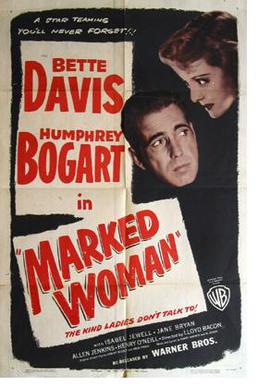
Marked Woman is a 1937 American dramatic crime film directed by Lloyd Bacon and starring Bette Davis and Humphrey Bogart, with featured performances by Lola Lane, Isabel Jewell, Rosalind Marquis, Mayo Methot, Jane Bryan, Eduardo Ciannelli and Allen Jenkins. Set in the underworld of Manhattan, Marked Woman tells the story of a woman who dares to stand up to one of the city's most powerful gangsters.

Kate Barker, better known as Ma Barker, was the mother of several American criminals who ran the Barker–Karpis Gang during the "public enemy era" when the exploits of gangs of criminals in the Midwestern United States gripped the American people and press. She traveled with her sons during their criminal careers.

Key Largo is a 1948 American film noir crime drama directed by John Huston and starring Humphrey Bogart, Edward G. Robinson and Lauren Bacall. The supporting cast features Lionel Barrymore and Claire Trevor. The film was adapted by Richard Brooks and Huston from Maxwell Anderson's 1939 play of the same name. Key Largo was the fourth and final film pairing of actors Bogart and Bacall, after To Have and Have Not (1944), The Big Sleep (1946), and Dark Passage (1947). Claire Trevor won the 1948 Best Supporting Actress Academy Award for her portrayal of alcoholic former nightclub singer Gaye Dawn.
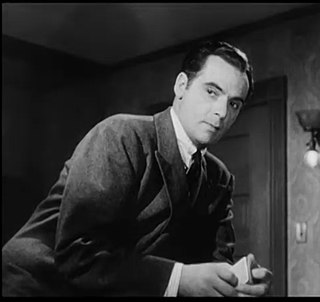
Marc Lawrence was an American character actor who specialized in underworld types. He has also been credited as F. A. Foss, Marc Laurence and Marc C. Lawrence.

The Enforcer is a 1951 American film noir co-directed by Bretaigne Windust and an uncredited Raoul Walsh, who shot most of the film's suspenseful moments, including the ending. The production, largely a police procedural, stars Humphrey Bogart and is based on the Murder, Inc. trials. The supporting cast features Zero Mostel and Everett Sloane.

The Amazing Dr. Clitterhouse is a 1938 American crime film directed by Anatole Litvak and starring Edward G. Robinson, Claire Trevor and Humphrey Bogart. It was distributed by Warner Bros. and written by John Wexley and John Huston, based on the 1936 play The Amazing Dr. Clitterhouse, the first play written by short-story writer Barré Lyndon, which ran for three months on Broadway with Cedric Hardwicke after playing in London.

Peter Paul Fix was an American film and television character actor who was best known for his work in Westerns. Fix appeared in more than 100 movies and dozens of television shows over a 56-year career between 1925 and 1981. Fix portrayed Marshal Micah Torrance, opposite Chuck Connors's character in The Rifleman from 1958 to 1963. He later appeared with Connors in the 1966 Western film Ride Beyond Vengeance.
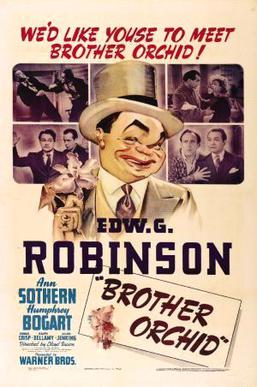
Brother Orchid is a 1940 American crime/comedy film directed by Lloyd Bacon and starring Edward G. Robinson, Ann Sothern and Humphrey Bogart, with featured performances by Donald Crisp, Ralph Bellamy and Allen Jenkins. The screenplay was written by Earl Baldwin, with uncredited contributions from Jerry Wald and Richard Macauley, based on a story by Richard Connell originally published in Collier's Magazine on May 21, 1938. Prior to the creation of the movie version of Connell's story, a stage adaptation was written by playwright/novelist Leo Brady. The script was originally produced at Catholic University of America in Washington, D.C..
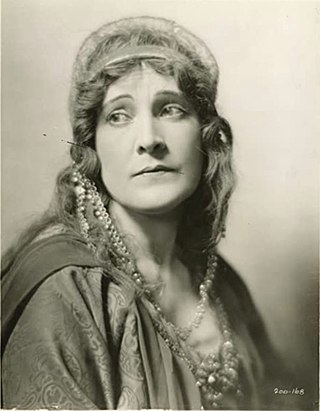
Claire McDowell was an American actress of the silent era. She appeared in 350 films between 1908 and 1945.

The Whole Town's Talking is a 1935 American comedy film starring Edward G. Robinson as a law-abiding man who bears a striking resemblance to a killer, with Jean Arthur as his love interest. It was directed by John Ford from a screenplay by Jo Swerling and Robert Riskin based on a story by W.R. Burnett originally published in Collier's in August 1932. Burnett was also the author of the source material for Robinson's screen break-through, Little Caesar. The film The Whole Town's Talking (1926) has no story connection to this film.

Ma Barker's Killer Brood is a 1960 American neo noir crime film, released in 1960. The low-budget film was directed by Bill Karn and starred Lurene Tuttle as the title character, Ma Barker.

Marked Men is a 1940 American film directed by Sam Newfield for Producers Releasing Corporation.

Go West, Young Lady is a 1941 American comedy western film directed by Frank R. Strayer and starring Penny Singleton, Glenn Ford and Ann Miller. It was produced and distributed by Columbia Pictures.

Men are Such Fools is a 1938 American romantic comedy directed by Busby Berkeley and written by Norman Reilly Raine and Horace Jackson. The film stars Wayne Morris, Priscilla Lane, Humphrey Bogart, Hugh Herbert, Johnnie Davis, and Penny Singleton. The film was released by Warner Bros. on July 16, 1938. The movie is adapted from the novel by the same name, Men Are Such Fools, by Faith Baldwin.

The Big Shot (1942) is an American film noir crime drama film starring Humphrey Bogart as a crime boss and Irene Manning as the woman he falls in love with. Having finally reached stardom with such projects as The Maltese Falcon (1941), this would be the last film in which former supporting player Bogart would portray a gangster for Warner Bros..

Bullet Scars is a 1942 American film produced and distributed by Warner Bros. It was directed by D. Ross Lederman with top-billed stars Regis Toomey, Adele Longmire and Howard da Silva.
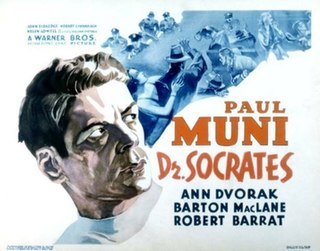
Dr. Socrates is a 1935 American crime film directed by William Dieterle and starring Paul Muni as a doctor forced to treat a wounded gangster, played by Barton MacLane.
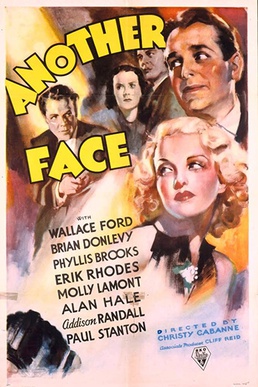
Another Face is a 1935 film directed by Christy Cabanne and starring Wallace Ford, Brian Donlevy and Phyllis Brooks. A wanted gangster has plastic surgery and becomes an actor.

Lone Texas Ranger is a 1945 American Western film directed by Spencer Gordon Bennet starring Wild Bill Elliott in the role of Red Ryder and costarring as Little Beaver, actor (Bobby) Robert Blake. It was the eighth of twenty-three Red Ryder feature films that would be produced by Republic Pictures. The picture was shot on the studio’s back lot along with outdoor locations at Iverson Ranch, 1 Iverson Lane, Chatsworth, Los Angeles, CA, USA.

The Dead Stay Dumb is a 1941 gangster novel written by British author James Hadley Chase.



















